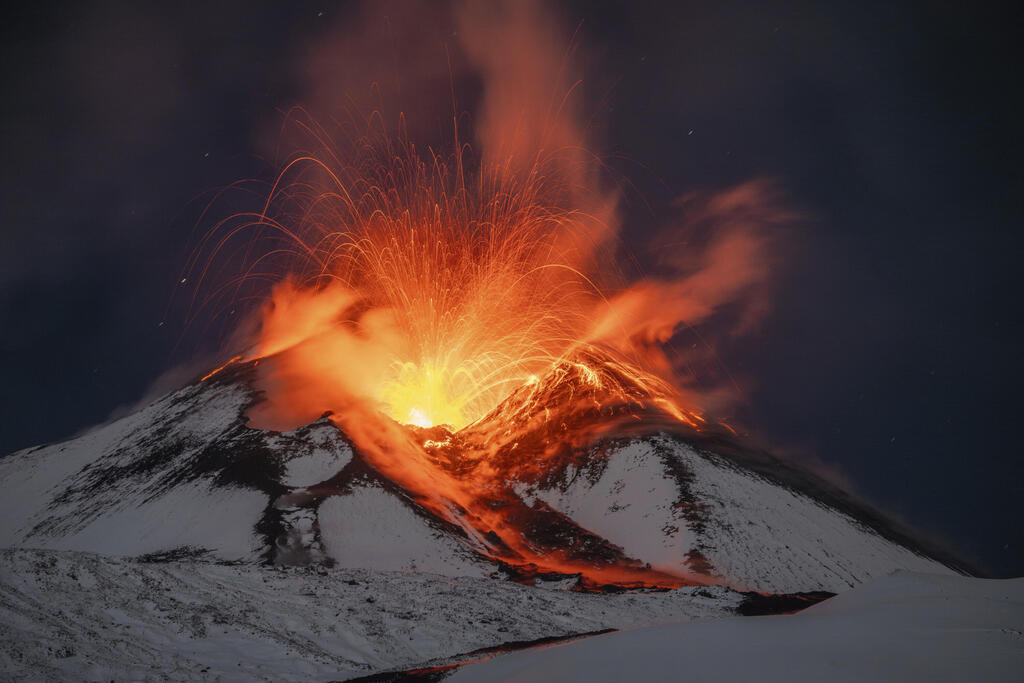Getting your Trinity Audio player ready...
Mount Etna in Italy has long been a fiery subject of numerous studies utilizing seismic tomography to decipher the intricate dance between tectonics and magma pathways beneath Europe’s tallest (about 10,827 feet) and most active volcano. Earlier this month, Etna erupted in a spectacular display, temporarily shutting down the airspace of Catania Airport in Sicily.
The eruption
(Video: Reuters)
Perched in a subduction zone where the African plate plunges northward beneath the Eurasian plate, Mount Etna’s magma springs from the fiery cauldron created by the melting mantle above these sinking tectonic slabs.
However, this volcano, renowned as one of the most active on the planet, sits amidst a unique geological symphony of mountain ranges, fault systems (cracks formed in the Earth's crust due to pressures causing rock masses on either side to shift), and relentless tectonic activity. This complex tectonic setting has left researchers in a cloud of uncertainty about the precise origin of Mount Etna’s molten rock. For simplicity’s sake, many seismic tomography studies assume that seismic waves travel through the crust and mantle at the same speed in all directions – in other words, they assume these materials are "isotropic." This technique lacks precision, potentially leading to volcanic misinterpretations about the Earth’s composition or thermal properties.
Enter anisotropic tomography, a technique that acknowledges the directional dependence of seismic wave speeds, providing researchers with more detailed structural insights. A research team led by Dr. Rosalia Lo Bue from the Department of Earth Sciences at the University of Padua was the first to employ anisotropic tomography of P-waves (primary waves, the swift heralds of an earthquake) to peer beneath Mount Etna’s fiery facade.
Thanks to this volcanic technique, researchers unearthed new insights that illuminate the mysteries long hidden beneath the Italian giant. They scrutinized seismic activity data from the Mount Etna region between 2006 and 2016, captured by a network of 30 seismographs. The dataset encompassed earthquakes with magnitudes ranging from 0.5 to 4.3, with clear documentation of P-waves. By venturing into this uncharted technique, researchers identified liquid magma in the crust and mapped the potential pathways it might take to breach the surface. Their findings erupted onto the pages of the Geophysical Research Letters journal.
Looking forward, this type of analysis could become a powerful tool for enhancing the monitoring of other volcanoes, revealing crucial information about magma movements and the fiery paths it carves to the surface. The study’s authors emphasize that anisotropic tomography helps uncover geological features that provide important insights into the interplay between tectonic deformation and volcanic activity.





